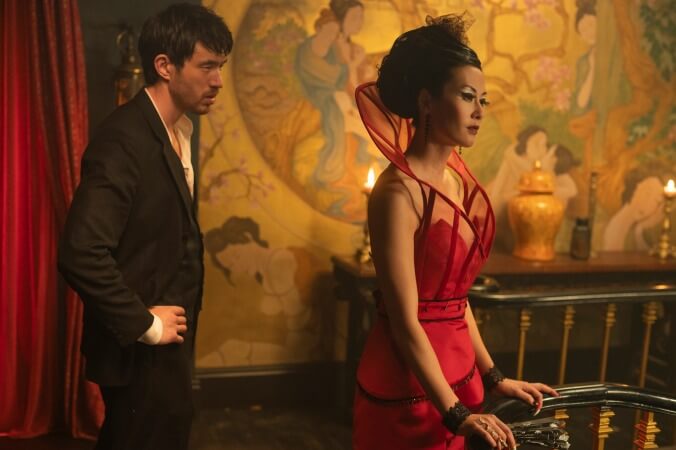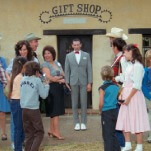Warrior season 3 review: Gritty martial arts drama is back with a vengeance
The criminally underrated series moves to Max for its latest compelling, high-octane chapter

More than two and a half years after being unceremoniously canceled on Cinemax, Warrior, the gritty, pulpy martial-arts crime drama set during the brutal Tong Wars in late 19th-century San Francisco, has risen from the ashes and returned with a vengeance for a long-awaited, jam-packed third season, which premieres June 29 on Max. Picking up in the aftermath of the race riots between the Chinese and the Irish that upended Chinatown, the latest chapter of the criminally underrated series continues to offer incisive insights into the Chinese American experience while bringing multiple conflicts, which could change the perilous power balance in the city, to a head.
After playing a pivotal role in holding back the Irish onslaught in the season-two finale, protagonist Ah Sahm (Andrew Koji)—who first crossed the Pacific in search of his sister, only to be forced into one of the Tongs and discover that she is part of a rival gang—finds himself playing the role of a local legend in Chinatown, complete with a massive new portrait painted on the side of a building. But all of that attention does not preclude him from feeling the squeeze of a heightened police presence in the area. With the cops enforcing a bevy of cruel ordinances targeting Chinese workers and businesses, the Tongs, as well as the larger Chinese immigrant population, are becoming increasingly desperate and looking for new ways to survive—and tensions are running high on all fronts.
As the new leader of the Hop Wei, Young Jun (Jason Tobin) begins to question not only his own ability to assume the mantle once occupied by his domineering father (Perry Yung) but also the loyalty of his right-hand man, Ah Sahm, whom he recently discovered is the estranged brother of Mai Ling (Dianne Doan), the no-nonsense leader of the rival Long Zii. While her subordinates worry about fighting in turf wars, Mai Ling has set her sights on consolidating her power in Chinatown and beyond. She is still in cahoots with Walter Buckley (Langley Kirkwood), the acting mayor of San Francisco who has been keeping the police off the back of the Long Zii. Speaking of the police, Sgt. Bill O’Hara (Kieran Bew) isn’t as close to the chief’s job as he thinks he is, and Richard Lee (Tom Weston-Jones) is still hellbent on not returning to his post at the San Francisco Police Department, but he can’t resist a call to investigate counterfeit bills that pop up in Chinatown.
Despite the warnings of her lover Li Yong (Joe Taslim), whose own loyalty and ability to protect her this season will be tested, Mai Ling believes that she can use her allure as an Asian woman to join the inner circles of white women and go into business with their husbands. Ah Toy (Olivia Cheng), the madam of a Chinatown brothel who was seriously injured at the end of last season before Mai Ling unexpectedly came to her aid, continues to seek refuge with Nellie Davenport (Miranda Raison), a widowed white woman who has become her lover and offers asylum to Chinese migrants on her vineyard in Sonoma. Much like the first season, in which Ah Sahm has an affair with Penelope Blake (Joanna Vanderham), the stifled wife of the now-deceased mayor, the latest batch of episodes offers an interesting commentary on the limits of trying to align with whiteness in the Western world for non-white immigrants. It also underlines the reality that, despite speaking the same language and having the same needs and wants to build a life for themselves, many of them are still considered “less American” than their white counterparts. (In that same vein, the show asks the question: “Who gets to decide who is truly American?”)






![HBO teases new Euphoria, Larry David, and much more in 2026 sizzle reel [Updated]](https://img.pastemagazine.com/wp-content/avuploads/2025/12/12100344/MixCollage-12-Dec-2025-09-56-AM-9137.jpg)

































